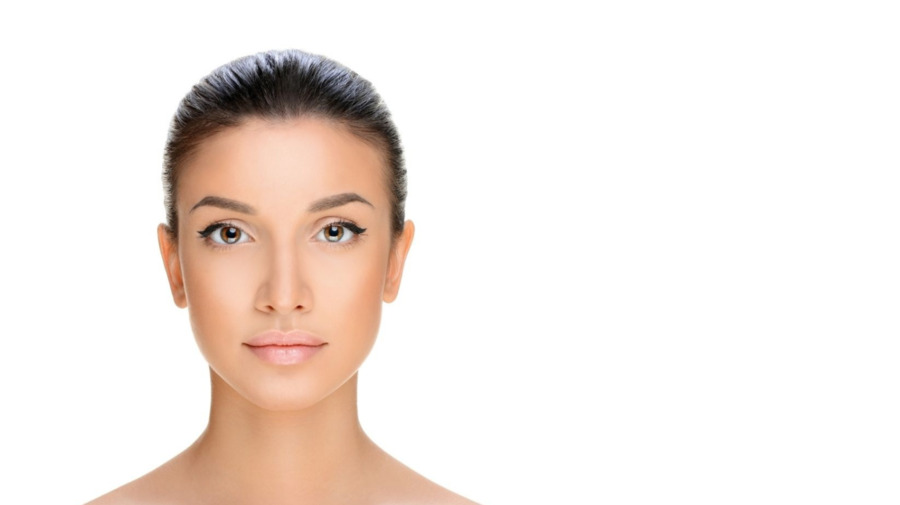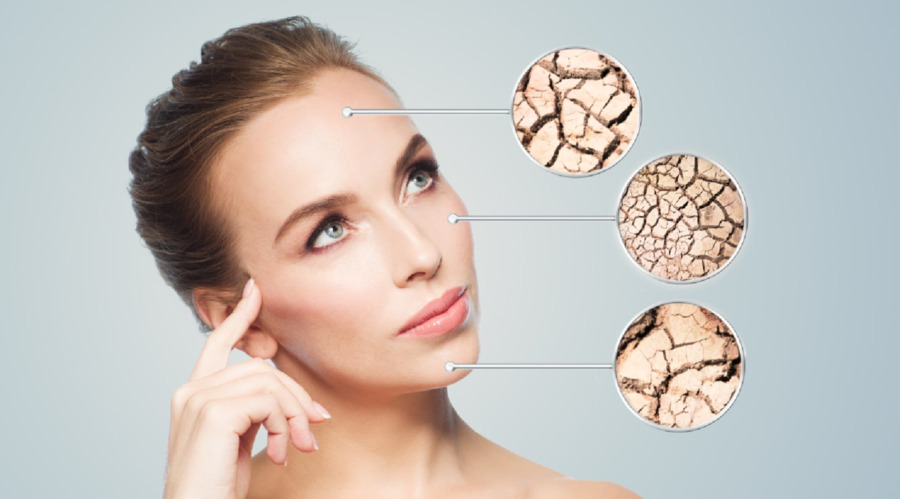Skin aging is a complex biological process influenced by a combination of intrinsic and extrinsic factors. While aging is a natural and inevitable part of life, understanding its dynamics can empower individuals to take proactive measures to maintain skin health and appearance. This article explores the process of skin aging, delves into the natural and premature categories, identifies the factors contributing to facial aging, and reviews the advanced treatment including device for cosmetology options available, with a special focus on the innovations introduced by leading brands. By exploring both traditional methods and modern technological advancements, we aim to provide a holistic view of how skin care has evolved to combat the signs of aging effectively.
What is Skin Aging?
Skin aging manifests through changes in the skin’s appearance and structural integrity over time, largely due to the degradation of collagen and elastin—key proteins responsible for the skin’s elasticity and firmness. This process is categorized into natural aging, which follows genetic determinants, and premature aging, which is heavily influenced by environmental and lifestyle factors. The former involves gradual changes that are genetically programmed, such as thinning skin and reduced elasticity, while the latter can occur at an accelerated rate due to factors like UV exposure and pollution, leading to more pronounced and early signs of aging.
Historical Background
The understanding of skin aging has roots in ancient wellness practices across various cultures, each contributing uniquely to the body of knowledge on skin care. For example, the ancient Egyptians used natural elements like olive oil and salt for skin care, recognizing their protective and restorative properties. In contrast, the Greeks focused on holistic health, often advocating for balance in diet, exercise, and mental well-being as ways to maintain youthful skin. These early practices laid the foundation for modern dermatological approaches that blend scientific research with natural remedies to create effective anti-aging treatments.

Factors Affecting Facial Aging
Facial aging is influenced by an array of factors that interact in complex ways to shape the aging process. Genetic factors set the baseline for how quickly one’s skin will age naturally, but this is heavily modified by external factors such as UV radiation from the sun, which can cause photoaging—a premature aging of the skin resulting in wrinkles, spots, and texture changes. Lifestyle choices such as diet, smoking, and alcohol consumption can accelerate the natural aging process, while environmental pollutants can induce oxidative stress, leading to further skin damage. Understanding these factors is crucial in developing targeted prevention and treatment strategies for maintaining youthful skin.
Types of Facial Aging
Identifying specific types of facial aging helps in tailoring dermatological treatments to individual needs:“Tired Face”
Often results from lifestyle factors such as stress or poor sleep, leading to sagging skin and a lackluster appearance.
“Wrinkled Face“
Characterized by fine lines that evolve from repeated facial expressions and reduced skin elasticity due to collagen loss.
“Deformed Face” or Large-Wrinkled Type
This type involves deeper folds and severe sagging as a result of significant collagen and fat depletion.
Combined Type
Represents a mixture of the above types, where individuals exhibit multiple signs of aging, necessitating a multifaceted treatment approach.
Muscular Type
Observed in individuals with strong facial musculature, where aging is marked by deep expression lines and a reduction in the youthful contours of the face.

Advanced Anti-Aging Treatments
Modern dermatology offers an array of treatments that cater to the diverse manifestations of skin aging:
Laser Biorevitalization and Biorepair
Focus on stimulating the skin’s natural repair processes to reverse damage and promote a youthful appearance.
Mesotherapy
Injects micro-doses of antioxidants, vitamins, and other nutrients directly into the skin to rejuvenate and hydrate.
Non-Ablative Laser Rejuvenation
Uses laser technology to heat up the deeper layers of the skin, stimulating collagen production without harming the surface.
Ultrasonic SMAS-Lifting
Targets the structural layers of the skin that support facial fat and muscles, tightening and lifting the skin for a more contoured appearance.
ELOS Rejuvenation and RF-Lifting
Combine different energies to penetrate the skin, improving texture and firmness.
Microcurrent Therapy
Uses low-level electrical currents to rejuvenate facial muscles, enhancing skin tone and elasticity.
New and Leading Innovations
At the forefront of anti-aging technology, SMART AGE TECH offers a suite of sophisticated treatments that integrate seamlessly with the body’s natural processes to combat aging. Utilizing state-of-the-art equipment and personalized treatment plans, SMART AGE TECH delivers targeted interventions that address specific aging concerns, from fine lines and wrinkles to more pronounced facial sagging and volume loss. Their approach not only restores skin appearance but also enhances skin health, leading to long-lasting results.
Conclusion
As we better understand the complexities of skin aging, the development of more effective anti-aging treatments continues to advance. With companies like SMART AGE TECH leading the way in integrating cutting-edge technology with proven dermatological practices, individuals have access to a range of options that can significantly enhance skin health and reverse the signs of aging. These innovations promise not just cosmetic enhancements but also improvements in skin functionality, allowing for a holistic approach to skin care that helps individuals look and feel their best as they age.

Football fan, follower of Christ, audiophile, reclaimed wood collector and recent OCAD grad. Acting at the nexus of design and sustainability to craft experiences both online and in real life.
